03 Sep 2017
Coaching and the masters rower
While research has tended to focus on topics of commitment and motivation, there is one question that every masters coach has probably wondered: what is the best way to coach masters athletes?
A Canadian research group has focused their academic work on this topic. Justin MacLellan is an affiliate of ‘Coaching Masters Athletes’ He shared some of the perspectives gained through the efforts of this team as well as insights from their latest publication; Same coach, different approach? How masters and youth athletes perceive learning opportunities in training, published recently in the International Journal of Sports Science and Coaching.
What’s the difference?
MacLellan says the findings, “highlight the fact that there are significant differences between coaching approaches for youth and masters athletes. The age of the athlete is a major factor and coaching approaches really hinge on things like maturity and experience in the sport.”
While this research was conducted in the context of canoe/kayak, where daily training has parallels with rowing, there are implications for coaching masters athletes across all sports.
The paper highlights three broad themes of coach-athlete engagement: communication, athletes’ self-concept and expectations. The difference across all of these themes was that masters athletes felt engaged in less of a coach-directed environment than their younger counterparts.
The fact that masters have somewhat more control over their training than younger athletes may not come as a surprise, but it certainly raises the question of whether this is the optimal situation.
“In masters sport there is such a heterogeneity in terms of approaches and motivations of the athletes,” says MacLellan. “Motivations for participation, level of experience and obligations outside of the sport can affect and limit the degree to which masters can actually participate in the club. Taking all of these factors into account, we can’t really say that any one approach is more useful until we see what each individual athlete needs.”
While MacLellan acknowledges that the individual nature of each masters athlete can present difficulties to coaches when it comes to training planning, practice scheduling and goal setting, he points out that what masters lack in blind obedience they often make up for in creativity and flexibility in pursuing the sport.
“They are mature enough to have autonomy and self-direction,” he says. “If you have to choose between a flexible coaching environment and a more authoritarian approach, I would choose the former when dealing with masters.”
Managing expectations
When it comes to expectations, where competitions frame the year and goals are set and reassessed with each regatta, performance becomes the measure of all things. “Even if it is not explicitly said, there are strict expectations for youth athletes that not only the coach puts on them, but that the athletes put on themselves,” says MacLellan.
This sort of environment, says MacLellan, can even lead to situations where coaches may feel pressured to “check off all the aspects of development to make sure the athletes are on track for training.”
For masters athletes, on the other hand, there can be a far wider range both in terms of goals and abilities. “There often isn’t the same pressure for time to make sure they are getting all the daily training in the same as younger athletes.”
This doesn’t mean that masters athletes are not focused on training, racing and winning. Just as in any level of any sport, the most competitive masters take training very seriously. The difference, according to MacLellan, may come down to their ability to find the right balance between training, family, work and life.
“I think the tricky thing when coaching masters is you don’t want to come across as being too authoritative,” concludes MacLellan. “There are ways you can show that you are a competitively focused coach and also respect their competitive mindset. These include being on time and most importantly being engaged with the masters athletes as partners in the training process.”
Implications for coaching
“What it comes down to is looking at instruction (in this case coaching an athlete) along a continuum,” explains MacLellan.
On one end are what he calls traditional pedagogies, with the coach on top directing all aspects of training and development. On the other end is the andragogical approach in which he says learning is more autonomous and athlete directed.
Coaches can shift along a continuum between the two depending on the situation, maturity, skill and experience of a particular athlete or group of athletes they are working with, says MacLellan. “Even if you start very directive and authoritative to explain concepts and how things are done, the shift should be towards more problem solving and autonomous decision making.”
Masters athletes in particular need to “own their learning and understand that the coach is connecting with them, but not controlling them,” says MacLellan. “The continuum is important for coaches to understand.”
More information here.

